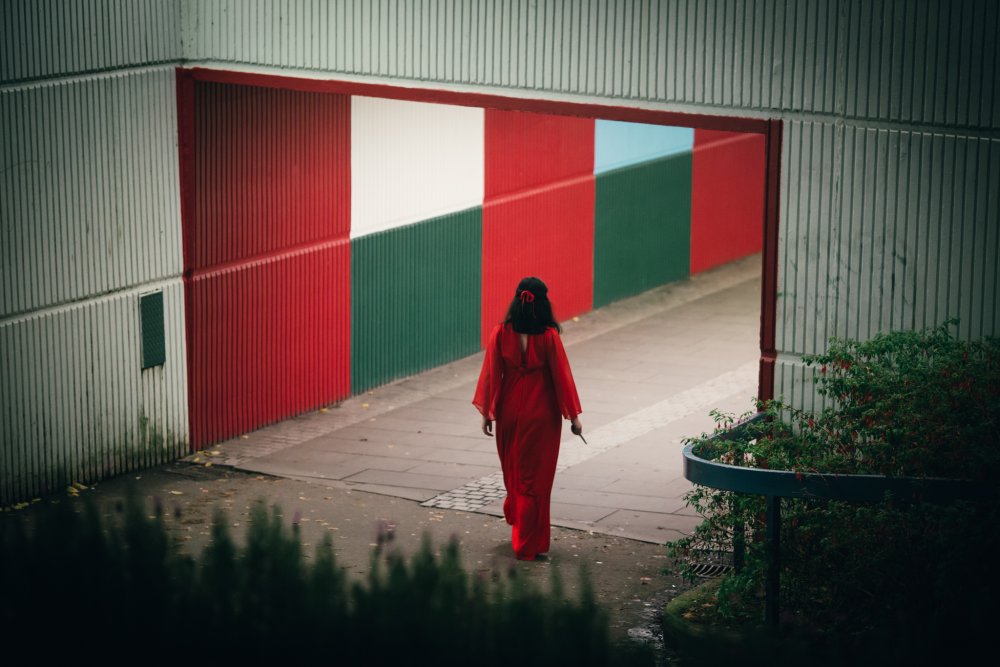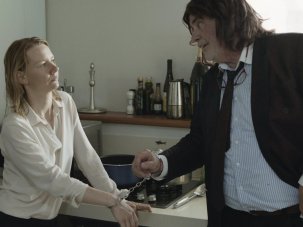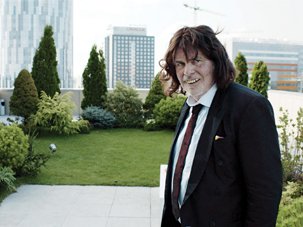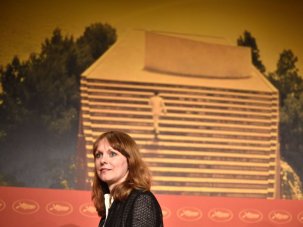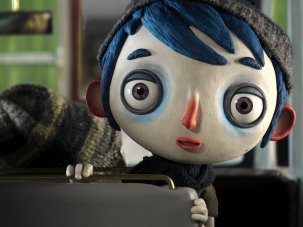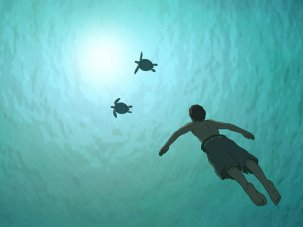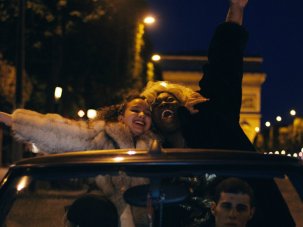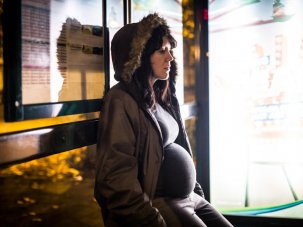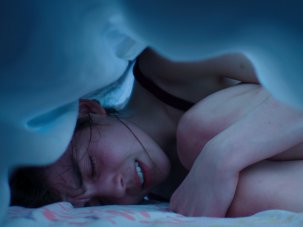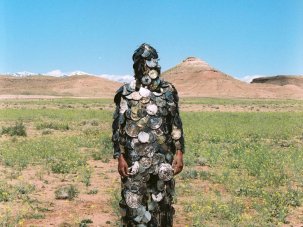Web exclusive
1. Toni Erdmann
Maren Ade, Germany/Austria
Maren Ade’s films are full of surprises. Toni Erdmann is no exception and I wouldn’t want to rain on any of them, so I won’t say much about the plot except that this is Ade’s comic spin on that old nut, the father-rescues-daughter tale. (Imagine Taken, only with Liam Neeson having a pair of fake teeth instead of a gun, and he must save his daughter from corporate-capitalist banality rather than kidnappers… and Eastern Europeans are not stereotyped, and the daughter is an actual character rather than a helpless plot trope. Ade’s screenwriting routine involves spending a month writing one character before immersing herself in the next.)
Like Ade’s last film Everyone Else, this is a two-hander relationship saga with acute powers of social observation. Also under Ade’s microscope are the divisions between new and old Europe and the glass ceiling in the business world.
Most of all, though, it’s a film about the joy of larking about. Comedies are naturally best served on the big screen; outrageous ones like this even more so. During one scene I laughed so hard tears squirted out of my eyes. See it back to back with Jim Jarmusch’s Paterson if you want a double love-letter to bohemian life.
2. My Life as a Courgette
Claude Barras, Switzerland/France
This animated tale of child abandonment and abuse currently seems too dark for a UK distributor. Hopefully that will change, but try to catch it now just in case.
Told from the perspective of a nine-year-old boy, the film avoids bleakness thanks to its clay protagonist, whose blue hair, huge eyes and balloon-like head balance on a spindly body. First-time director Claude Barras (working with a script by Céline Sciamma) is on a quest to find humour and smudges of happines, but never cuteness, in the most unlikely of places. (In case you’re wondering, ‘Courgette’ is the pet name given Icare by his recently deceased alcoholic mother, which he clings to as the new boy at the orphanage.) The exuberantly coloured claymation is a delight too.
3. The Red Turtle
Michael Dudok de Wit, Japan/France/Belgium
It’s not surprising to hear that ukiyo-e artist Kawase Hasui was one of the inspirations behind Michael Dudok de Wit’s animation (and Studio Ghibli’s first collaboration with an outside animator); the vivid, intricate landscapes of Kawase’s woodblock prints are echoed in the surge of marks that make up leaves, waves, yellowy grasses and lingering sunlight in this mythical fantasy about a man shipwrecked on a desert island. The film is totally wordless; pictures are its currency and they are, without exaggeration, sublime. The island, sketched with such attention to light, shade and texture, is never an exotic paradise and can often seem like a watery hell despite its bright palette. Dudok de Wit’s shorts have hitherto been hand drawn and so too was The Red Turtle, mostly, though with a digital pen. The backgrounds, meanwhile, were sketched using charcoal on paper, lending the film a delicate artisanal grain and a remarkable depth of field.
4. Divines
Houda Benyamina, France/Qatar
Meet Dounia. She’s a 15-year-old wannabe Wolfette of Wall Street – except her current bank is a supermarket where, with her best friend Maimouna, she dons a burka to steal food and other sundries which they sell, with verbal swagger, in the school playground. In Houda Benyamina’s debut, the camera hurtles through murky mall and banlieue back passages – Dounia and Maimouna’s familiar rat-run escape routes – trying to keep up with them.
What’s great about the Divines is that (until a slightly hokey overwrought finale) this expertly sketched world is all in the background. The focus is on Dounia and Maimouna’s friendship. Even when Dounia falls in love, the real chemistry is between the two buddies. Benyamina says she modelled the large-mouthed but petite Dounia and her big softie partner Maimouna on those famous silent clowns Laurel and Hardy.
5. Mimosas
Oliver Laxe, Spain/Morocco/France
Oliver Laxe’s second feature may sound familiar to those who saw Ben Rivers’s The Sky Trembles and the Earth Is Afraid and the Two Eyes Are Not Brothers, in which Rivers played parasite on Laxe’s film set, mingling behind-the-scenes footage from Mimosas with his own film. But Laxe’s time-travelling fable is almost unrecognisable from Rivers’ experiment.
The film follows a band of travellers with two scheming non-believers in its ranks, as they escort a dying sheikh on a perilous trek across the Atlas Mountains to his desired resting place. It’s a neo-western about faith, inspired by Sufi mysticism, Roberto Rossellini’s The Flowers of St. Francis and Andrei Tarkovsky’s Andrei Rublev. It’s an elliptical and adventurous odyssey with some very arresting 16mm cinematography.
